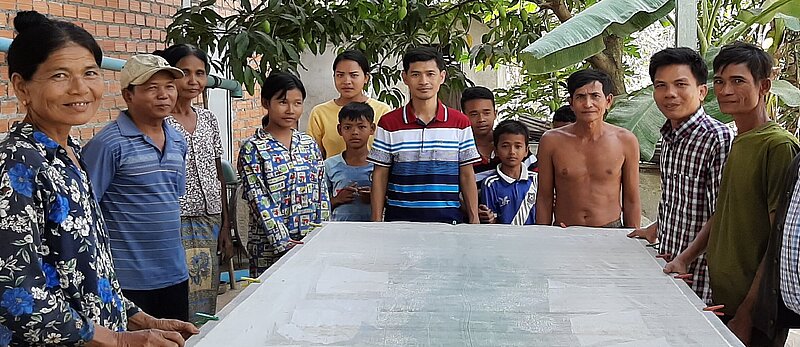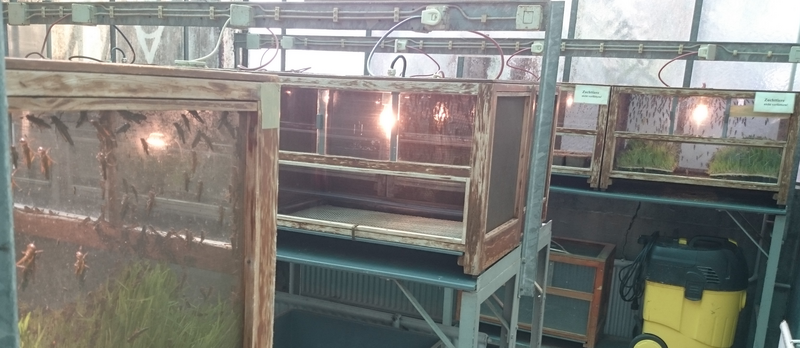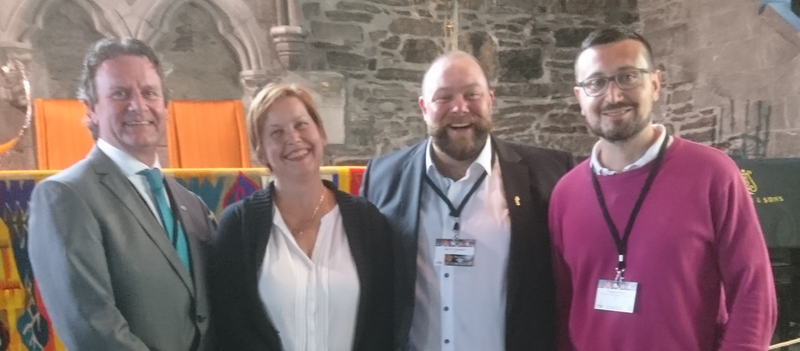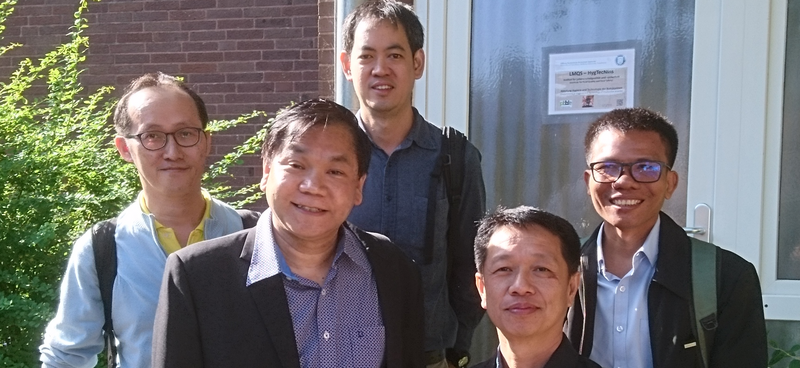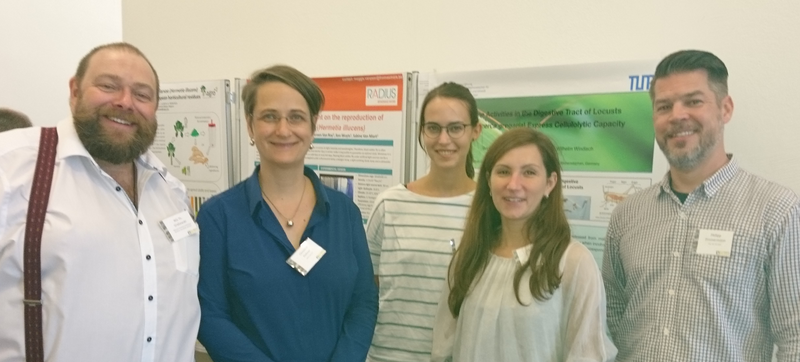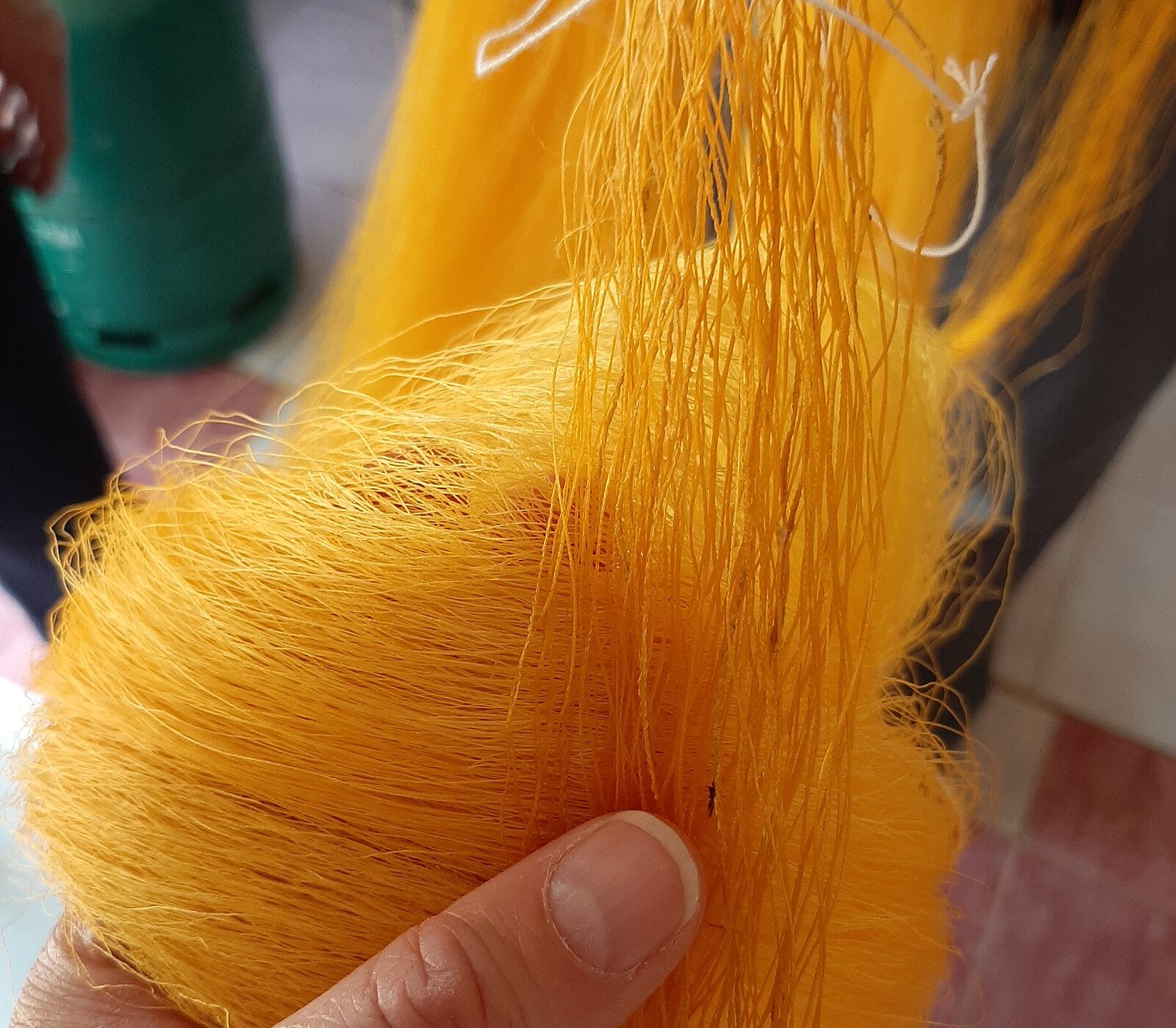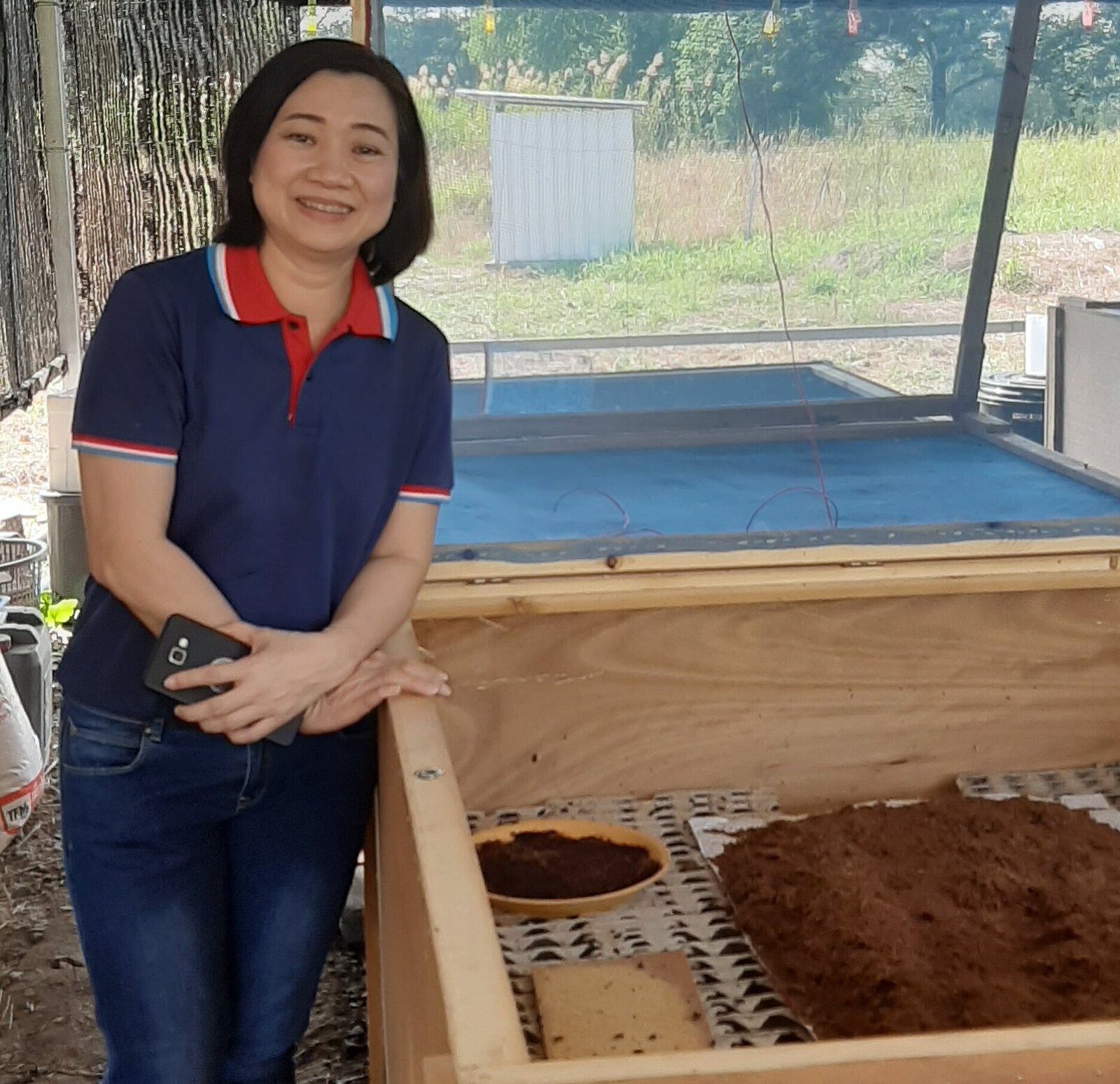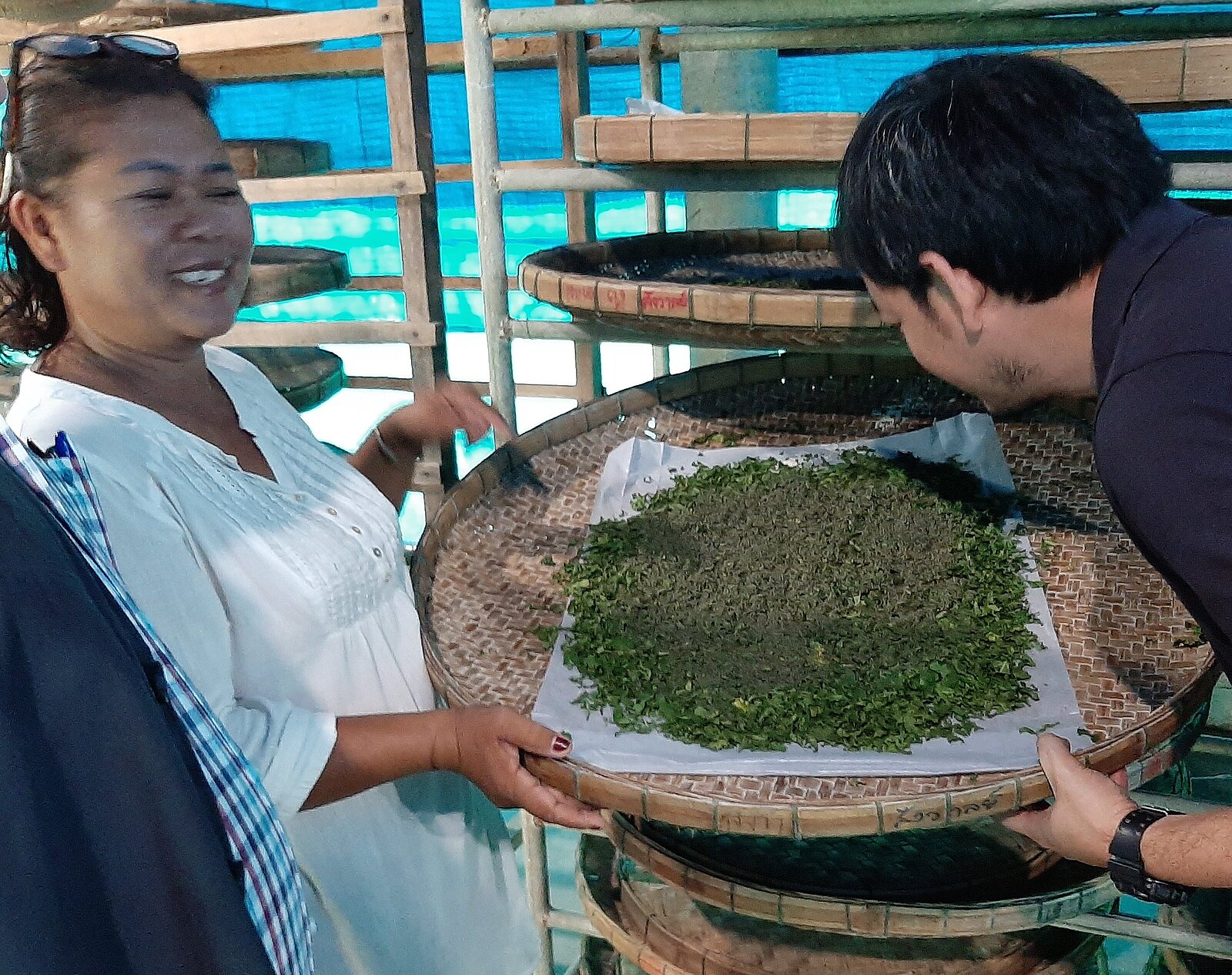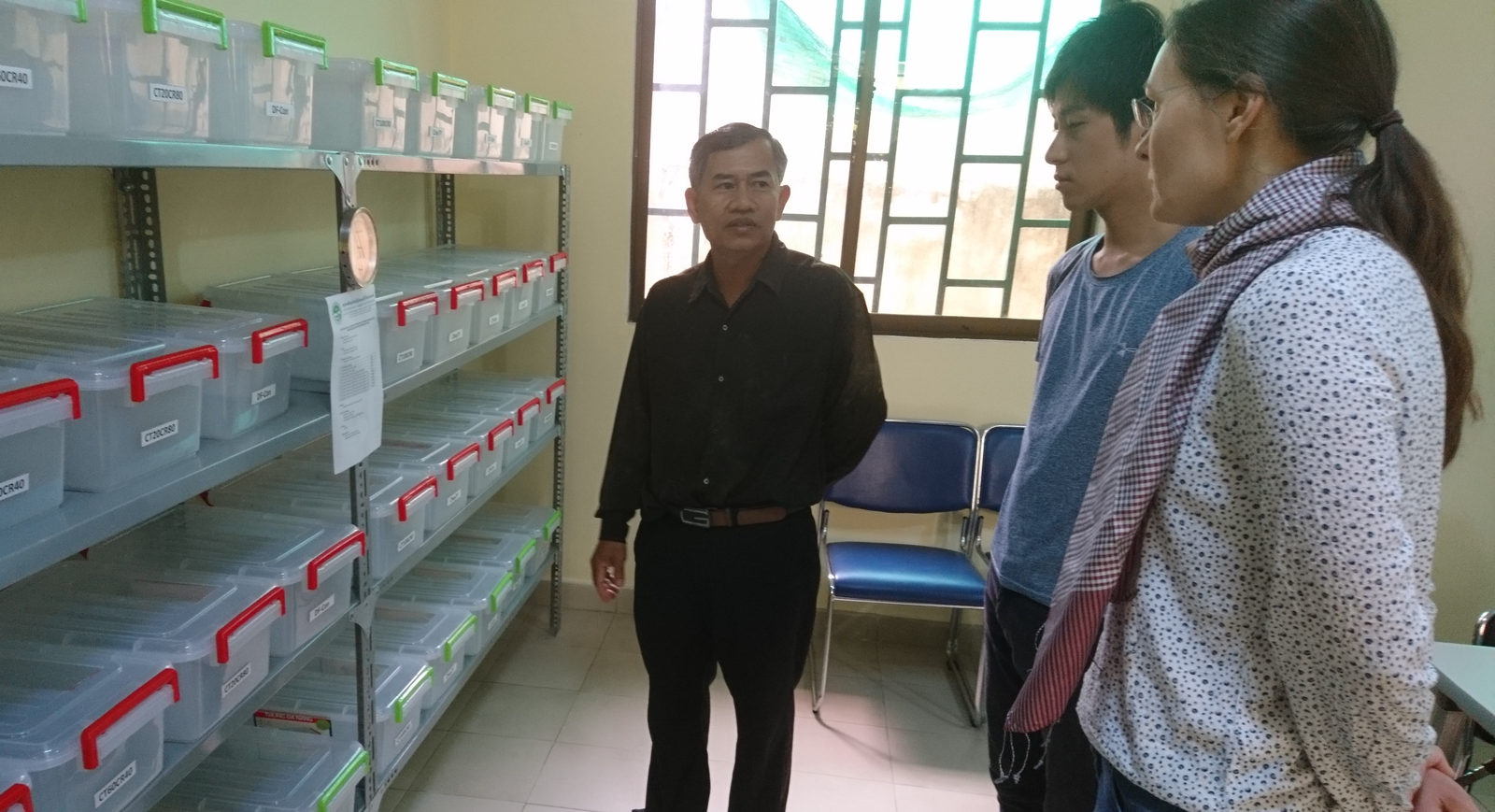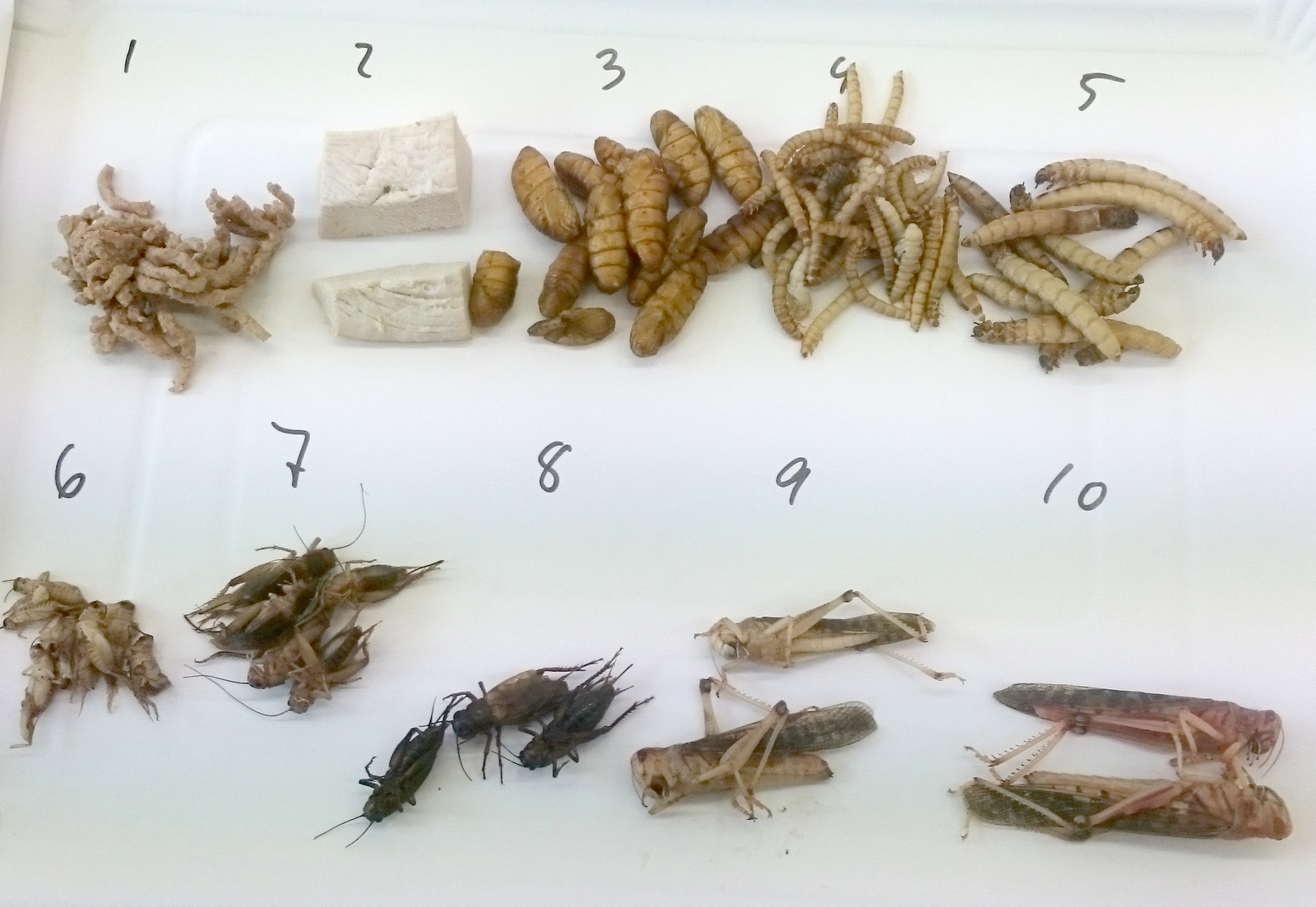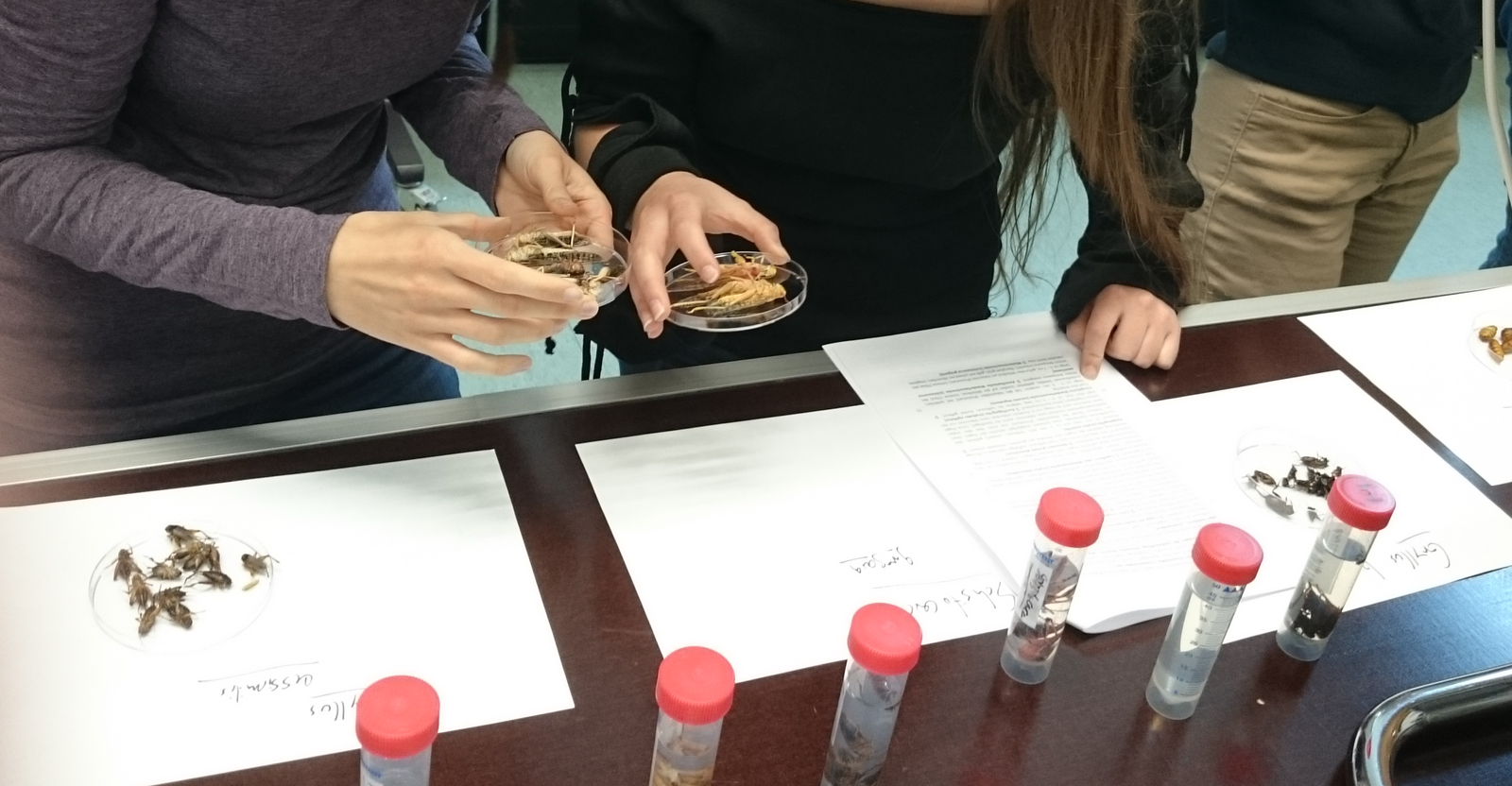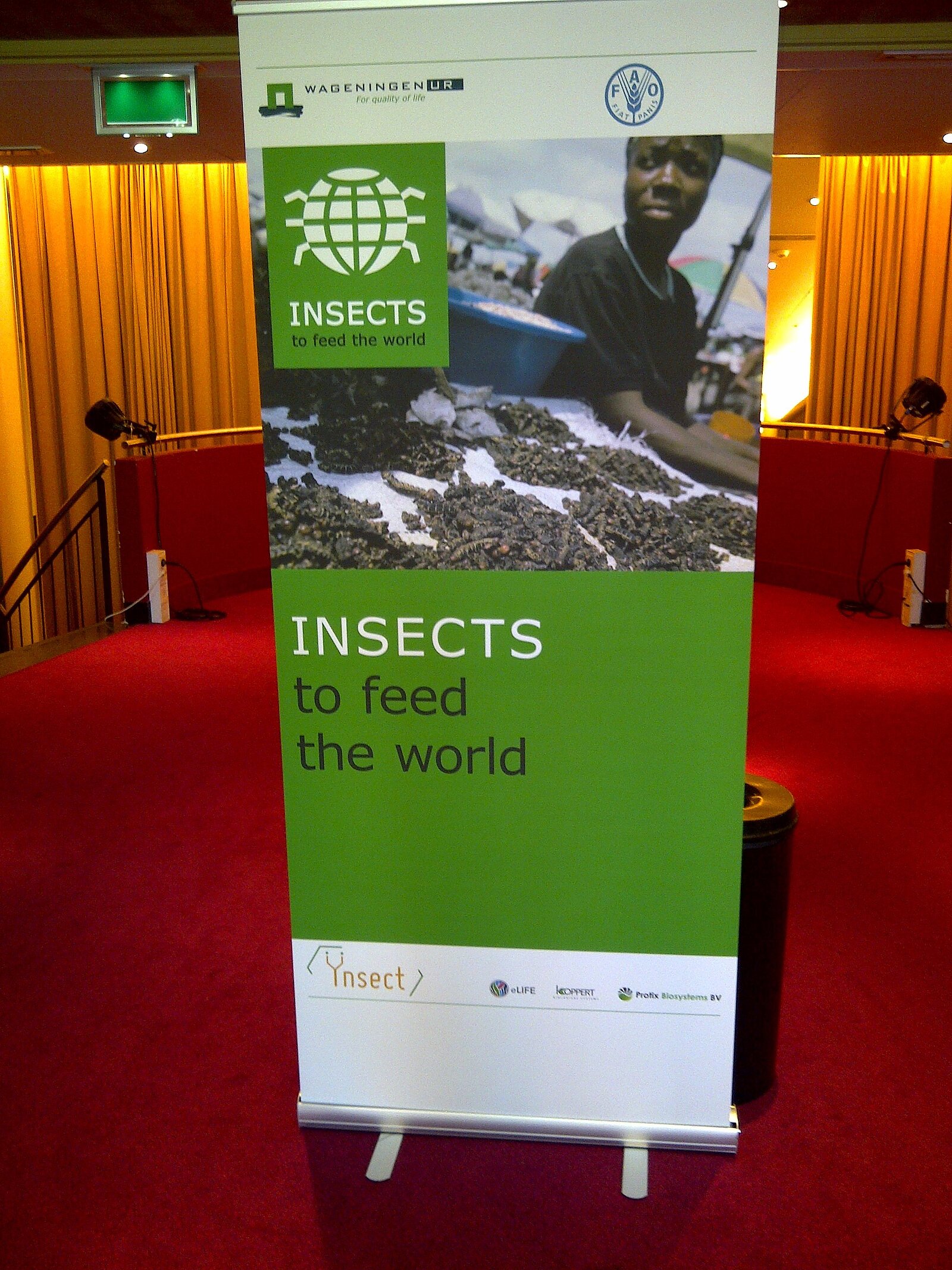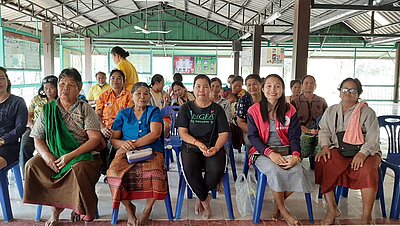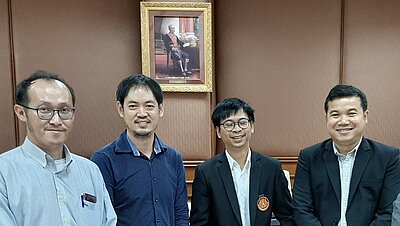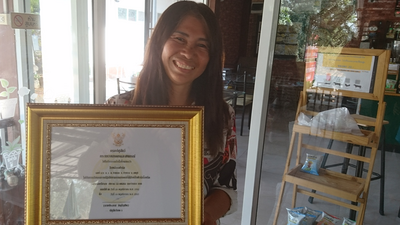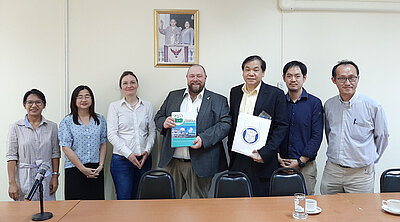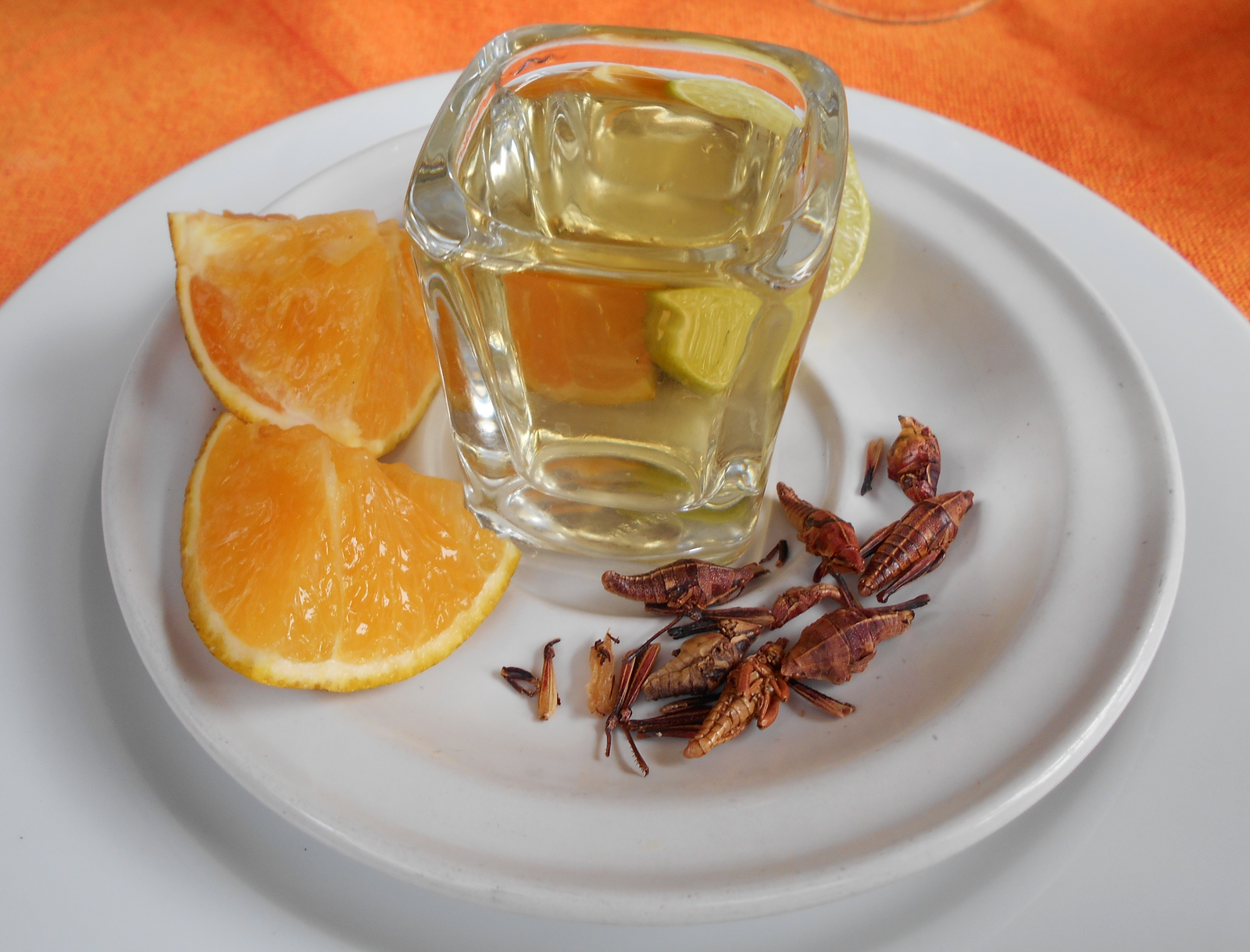Introduction
Animal husbandry is an ancient human activity. Among the productive species, the first was the domestic goat which was domesticated from 10,000 BCE on. Of the more than one million insect species, only two have been domesticated so far, i.e. the Western honey bee (Apis mellifera; 4,000 BCE) and the domestic silk moth (Bombyx mori; 3,000 BCE). Nonetheless, some 2,000 to 3,000 insect species are consumed on the planet, typically gathered from the wild and processed following traditional methods to ensure a certain level of food safety.
While they have never been completely neglected by entomophagous societies around the world (approx. 2.8 billion persons consume insects), edible insects have been “discovered” only recently by non-entomophagous ones. Feed insects have, however, been bred for decades to supply the pet food market. Science has been moving from anthropological issues (registering what population consumes which insects in which way) towards exploring the potential of insects to address modern demands in terms of food, feed, industrial, and environmental uses. Shifting the use of insects from a local to national and even global level without endangering natural populations makes insect farming a necessity. Many have started to engage in this novel activity.
Insect herd management
Insect farming is an animal husbandry activity, comparable in certain ways to other productive species’ farming, e.g. poultry, pigs, or aquaculture. In those areas, the farmer is flanked by a team of competent specialists that e.g. help in feeding formulation, insemination or attend animal health and welfare issues. Together with the farmer, these specialist form a team, dedicated to optimize the farm’s yield in consideration against the background of resources availability, animal welfare, and legal requirements, a concept termed ‘herd management’.
As insect farming is a new agricultural activity, so is insect herd management. Along with the farmers, herd management specialists are discovering the idiosyncrasies of rearing the different species of crickets, mealworms, locusts, and other species of commercial interest.
INPIHW objectives
Founded in September 2019, the International Network for Productive Insects’ Health and Welfare (INPIHW) comprises an interdisciplinary group of specialists (veterinarians, biologists, agricultural engineers, food scientists and engineers etc.) from all over the world, dedicated to accompany the entire production chain of productive insects. Our expertise and skills range from primary production over processing and analysis to regulatory issues.
INPIHW rests on two pillars, i.e.
- Research: assemble, compile and evaluate results of current global research on insect safety, health, and welfare
- Reach-out and Capacity building: engage with policymakers and insect industry and promote capacity building (e.g. training, awareness campaigns)
For the first pillar, several objectives were formulated, namely:
- to (possibly) coordinate research on the safety production of insects and the whole safety assurance system in Europe and abroad and/or to consolidate and extend the results from national research programs and other international networking activities
- to establish dynamic and effective links between science (research), competent authorities and insect industry (including farm and processing)
- to evaluate the current insect safety assurance system with regards to public health, insect health and welfare, socio-economics, and trade.
- to identify knowledge gaps in safe insect production to foster excellence and innovative scientific research.
- to engage with policy-makers at national, European and global levels to provide scientific advice or recommendations
- to promote an insect risk-based inspection (as for other food of animal origin ) and safety assurance system (including HACCP concepts), particularly to overseas countries with the most intensive insect production and trade with Europe, in accordance to global market standards.
For the second pillar, several objectives were formulated, namely:
- to advance scientific progress in safe insect production (feed and food) in the framework of a collaborative network of experts
- to foster connection and collaboration of different actors involved in the safety of insect production (farm and processing) and international organizations, eg. FAO.
- to involve veterinarians, food microbiologists, food technologists, engineers, parasitologists in the framework of a collaborative interdisciplinary approaches
- to develop a platform for training of all participants in the insect safety assurance system, including insect health and welfare
o eg. to train young researchers (eg. Ph.D. students), representatives of national food safety and veterinary public health authorities and representatives of the meat industry in the new meat safety assurance system.
o eg. to provide ‘blueprint’ training modules for undergraduate and postgraduate professional developments on health, welfare, and safety of insect (feed and food)
You can also find us on
LinkedIn: https://www.linkedin.com/groups/8860590/
ResearchGate: https://www.researchgate.net/lab/International-Network-for-Productive-Insects-Health-and-Welfare-INPIHW-Nils-Th-Grabowski

